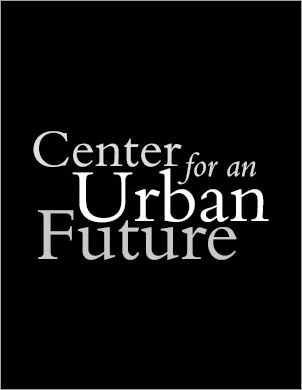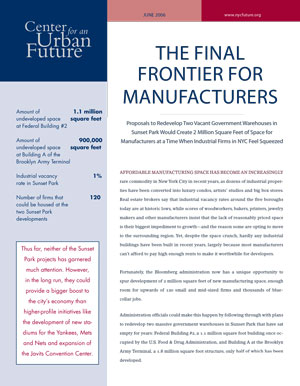So much for community vision. Two years ago, Williamsburg residents drew up a plan that asked city officials to maintain the mixed-use and mixed-income character of their neighborhood, preserving the blend of small manufacturers, artists and immigrant families that has kept the district diverse. The document they submitted to the city's planning department even went so far as to carve out "industrial sanctuaries" to protect local manufacturers from the residential conversions that are now rampant on the Brooklyn waterfront, driving out local employers and replacing them with studios, lofts and luxury apartments.
Two weeks ago, however, the local community board voted overwhelmingly to allow a developer to convert the neighborhood's largest remaining industrial building into 184 Soho-priced studio apartments.
If the conversion plan for 184 Kent Avenue goes through, it would displace a handful of industrial companies that employ roughly 90 workers and permanently erase a huge chunk of industrial space at a time when manufacturers are facing a major space crunch. The building's owner, Louis Kestenbaum, says he cannot find enough industrial tenants to fill the property, but local advocates say that he has intentionally kept half the building vacant in the hope of getting the variance that will allow him to convert it into big studios that will rent for $1,800 to $3,500 a unit.
Critics of the conversion worry that local jobs are drying up in this rapidly gentrifying neighborhood. "While restaurants and bars are booming, they do not provide the kind of full-time, skilled jobs needed in the neighborhood," said Williamsburg community board waterfront chair Julie Lawrence, who spoke against the variance.
Thanks to Williamsburg's status as the city's hippest nightspot, dozens of buildings have already been converted-either legally or illegally-into apartments. After all, landlords can get much more rent from NYU students than from cabinet- makers.
But several community residents say that the conversion of this Kent Avenue building is especially worrisome, since the building particularly well-suited for manufacturing. The 400,000-square foot building is located on a truck route, has large floor plates and high ceilings and is one of the rare industrial properties throughout the city that has several off-street loading docks. In addition, they say, it's not a good place for people to live: While the building is on the East River, it is surrounded on the other three sides by a cement plant, a Con Ed fuel depot and a paper recycling plant.
"It not only threatens viable manufacturing businesses but contributes to the loss of affordable housing in Williamsburg," said Peter Gillespie, a longtime community resident and the lead organizer for Neighbors Against Garbage, an environmental justice organization. "We've drawn a line in the sand on this particular variance because there's nothing good about it." Next month, the variance will go before the city's Board of Standards and Appeals, which is expected to approve it.



